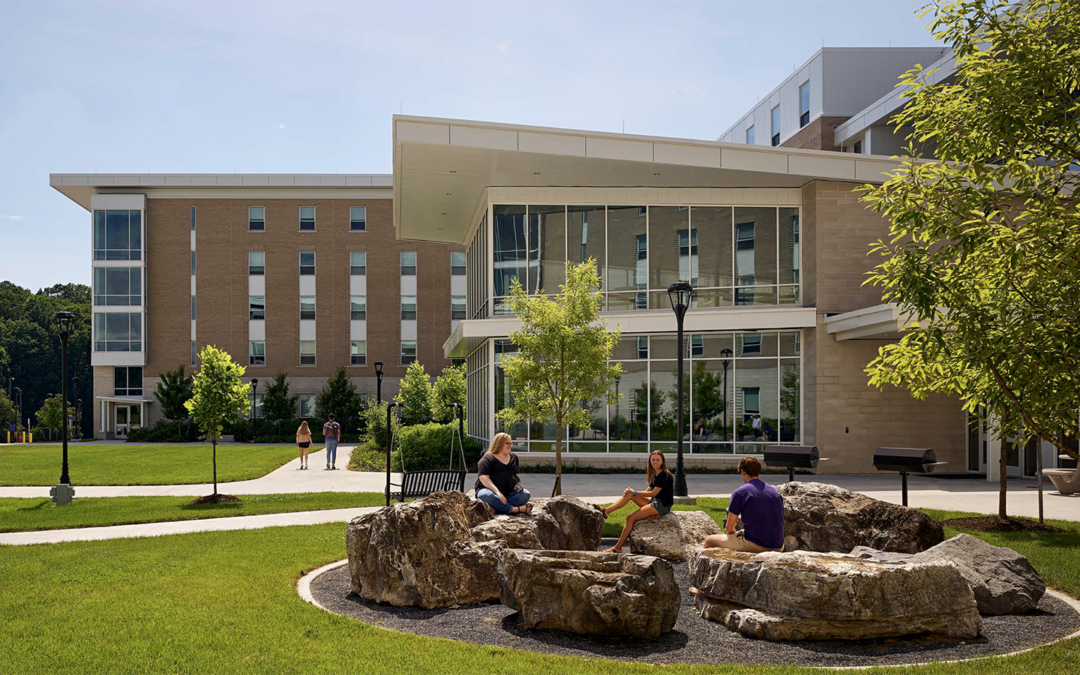
David Lehrer December 18, 2023
The 2023 Livable Buildings Award has been awarded to VMDO Architects for their Paul Jennings Residence Hall, a 500-bed student housing facility at James Madison University completed in 2019. This project is the first residential building to be recognized by this award program, held annually since 2007. The awards also recognized the Bay Area Offices for SERA Architects with an honorable mention. SERA designed a full-floor office in a historic building in downtown Oakland, Calif., with a focus on creating a flexible and healthy workspace.
More
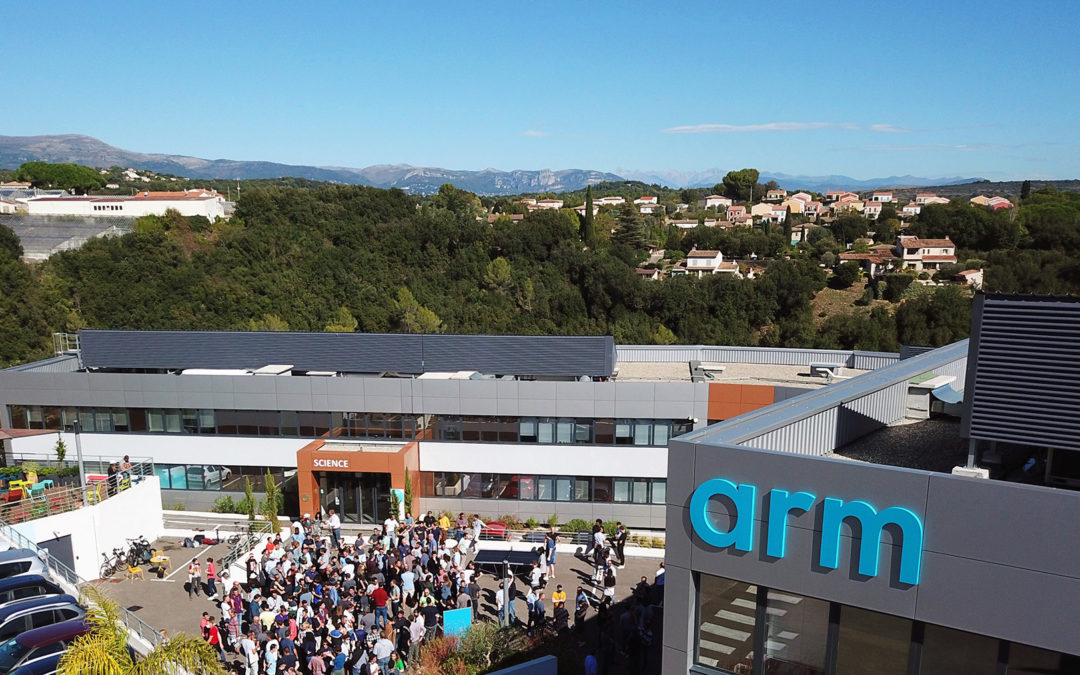
David Lehrer December 14, 2022
A technology campus in France has received the Livable Buildings Award for 2022 from UC Berkeley’s Center for the Built Environment. This year’s winner, Arm France, is the first award winner outside of North America. The design was developed based on LEED and WELL building standards in order to provide a healthful, flexible and sustainable workplace. This annual award program recognizes excellence in sustainable design and user satisfaction as measured by CBE’s Occupant Survey.
More

David Lehrer February 15, 2022
The results of a new study challenge an industry standard which cited an optimal indoor temperature to improve work performance. The study followed the methods of previous research, but used additional data and rigorous statistical methods. The results found no evidence for a relationship between work performance and temperatures commonly found in offices, and none that should be adopted as an industry recommendation.
More
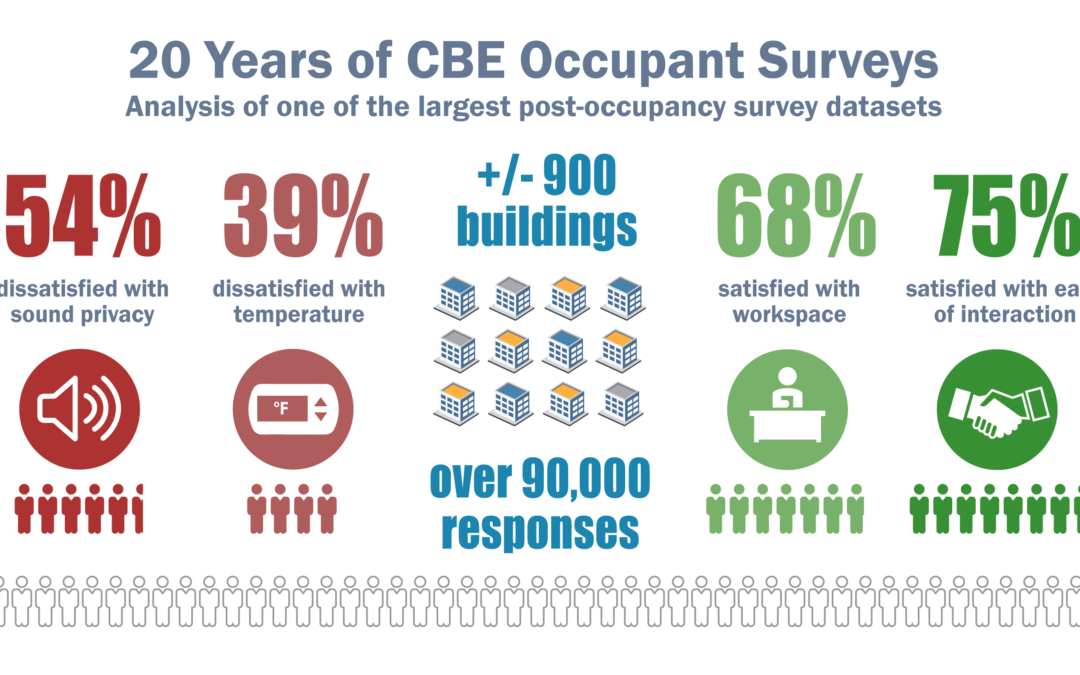
Lindsay T. Graham March 16, 2021
Occupant surveys provide valuable insights into how well a building is performing. Historically these surveys focus on comfort and satisfaction. However, as our attention shifts to occupant health and wellbeing, we wonder whether our tools are measuring all we need them to. In a recent paper, we look at the CBE Occupant Survey tool and its database to evaluate its measurement and benchmarking properties, while also identifying new enhancements intended to support the creation of spaces that truly benefit those who use them.
More
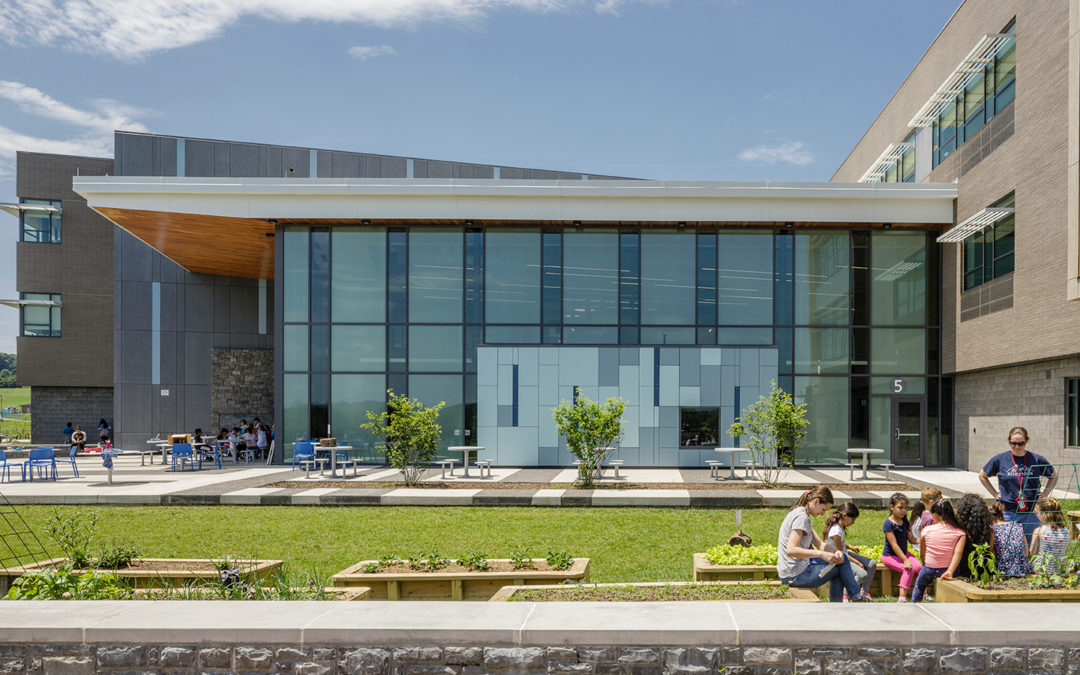
David Lehrer November 15, 2019
Two buildings that demonstrate excellence in architectural design and sustainability, and are well liked by building users, have been recognized with Livable Buildings Awards by UC Berkeley’s Center for the Built Environment. Bluestone Elementary School of Harrisonburg, Virginia, by a design team led by VMDO Architects, received the top award. The jury also conferred an honorable mention to HGA’s office relocation in San Francisco. The award results were announced at CBE’s industry advisory board meeting last October.
More
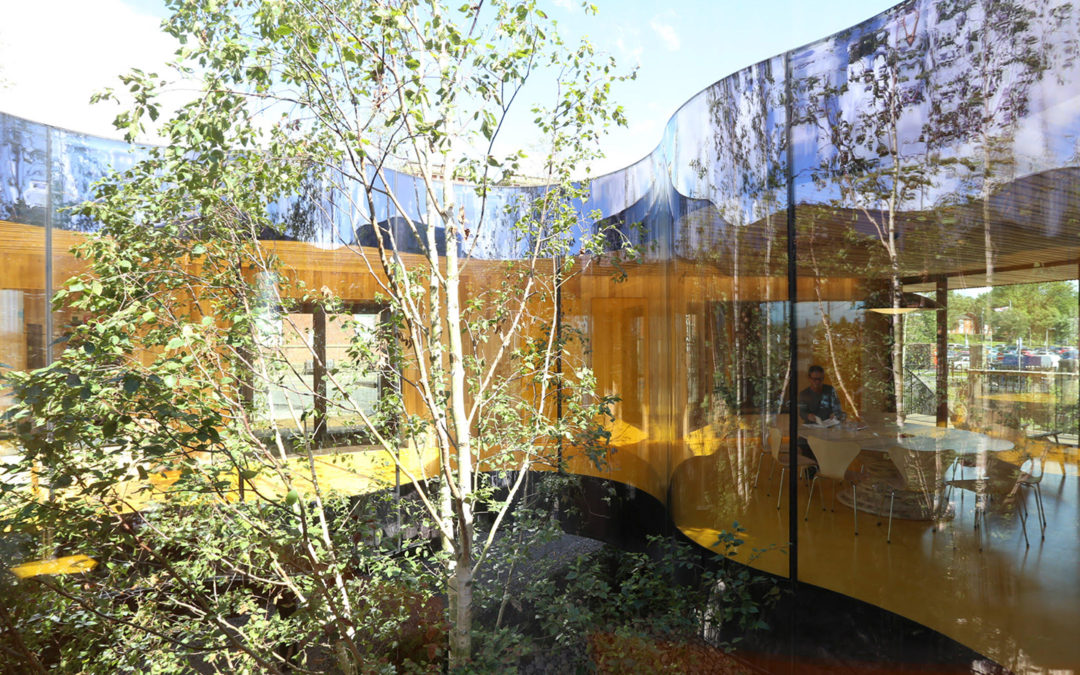
Gail Brager September 12, 2019
Building standards and conventional practice are all about ’reducing the negative‘ — but what if the goal is to ’enhance the positive‘ instead? Aiming to create environments that are not only comfortable and healthy, but are connected to nature, provide a sense of place, and are a delight to be in. Designing for experience requires us to embrace a broader view of experiential aesthetics, going beyond the primacy of vision to recognize broader sensual qualities that contribute to the beauty and memorability of space.
More
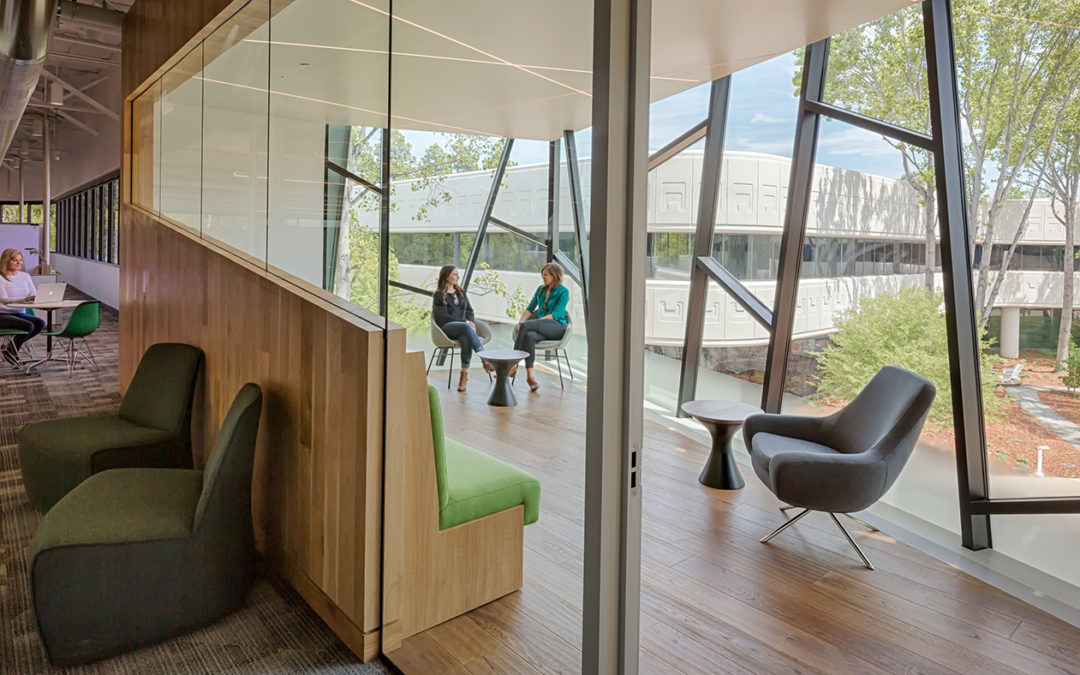
Valerie Green August 12, 2019
Biophilia — humans’ innate love of nature — is an idea that has inspired wide-ranging research on the benefits of human connection with nature. So how do we translate this wealth of research knowledge into making buildings that capture the benefits of nature? CBE and SERA Architects are jointly developing a biophilia option for CBE’s occupant survey to evaluate the impact of biophilic features in existing workspaces.
More
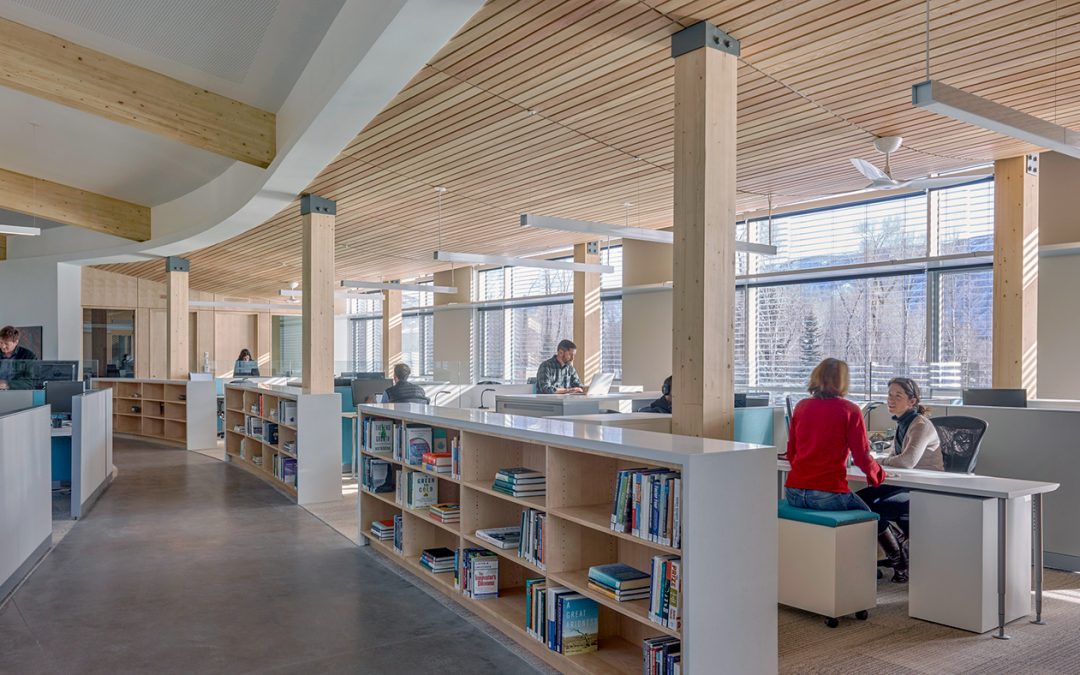
David Lehrer May 15, 2019
This year marks the 25th anniversary of the publication of a seminal paper from Rocky Mountain Institute, “Greening the Building and the Bottom Line,” making the case that green buildings’ unique features may improve employee productivity. Since then interest in this topic has remained strong, and several studies by CBE and others have contributed to our collective understanding of workplace productivity; in this post we describe our related work with a focus on key variables.
More
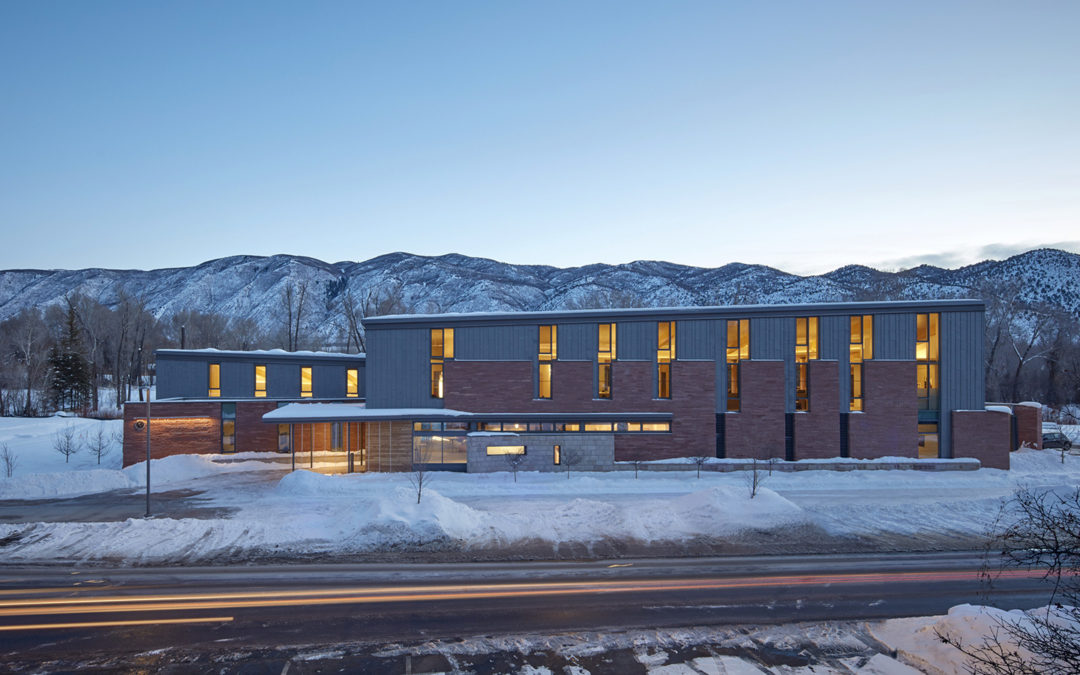
Centerline Team October 15, 2018
Now in its twelfth year, the Livable Buildings Award recognizes projects that demonstrate high occupant satisfaction, excellent design, and innovative operation strategies. This year, we are pleased to announce the Rocky Mountain Institute Innovation Center as the top winner, with an honorable mention for the Pomona College Seaver Laboratory and Andrew Science Hall.
More

Centerline Team September 20, 2018
We are conducting a survey on knowledge workers’ experiences in the workplace, in collaboration with Perkins+Will and Charles M. Salter Associates. The survey will take about 15 minutes to complete. Please share this survey with your coworkers and friends! By participating, you will be entered into a drawing to win one of four $50 Amazon gift cards.
More










